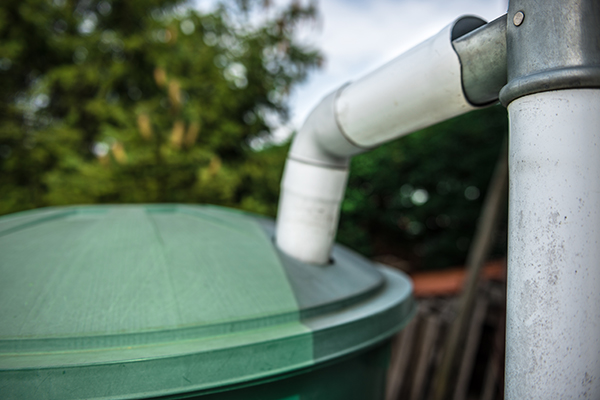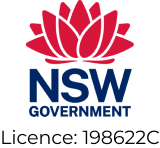6 March 2018
Making the most of your rain water tank
With over 90,000 rainwater tanks installed in Brisbane homes and businesses, many residents are reaping the benefits of free water to use where and when it’s needed. This summer has provided a decent amount of rain for South East Queensland ensuring water tanks get a good regular top-up. Gardens are green and cars are clean but don’t forget to maintain the tank so it keeps providing you with water for years to come.
Maintaining your water tank
Keeping your water tank in tip-top condition does not need to be a laborious task. It does, however, pay to establish a regular maintenance schedule to avoid larger issues. These tasks should be carried out, at least, every 6 months depending on your area.
What goes in
- Check the roof and gutters of the catchment area regularly and clear away leaves and organic material build-up. Regular gutter cleaning will not only keep your tank clean it also ensures rainwater runs into the tank rather than the roof or walls.
- Trim branches that overhang catchment areas.
- Inspect the inlet and outlet screens to avoid letting mosquitoes or vermin in.
- Install first flush diverters to stop the initial, sometimes contaminated, part of the rain run-off from entering the tank.
- Install leaf screens where possible and routinely clear out.
- Maintain gutters to prevent water pooling and mosquito breeding.
- Check the structural integrity of the tank – repair any holes or cracks promptly to avoid contamination.
- Inspect the inside of the tank for signs of insects, small animals or birds, including the presence of mosquito larvae. Also, check for algal growth or scum. Please note you should never get into the water tank, leave that to the professionals. Inspect the inside with a torch from the top hatch.
- Review the pipework for cracks or leaks. Drain off any pipes which are not self-draining.
- Ensure the overflow pipe is clear and in good repair
What comes out
- If fitted, keep water filters on outlets maintained
- De-sludge the tank every 2 to 3 years
- Disinfect the tank if contamination occurs or is suspected
Maximising rainwater use
If your home is only using the rainwater for washing the car and watering the garden you’re missing out on some great opportunities to reduce your mains water use, resulting in lower water bills. Your plumber can connect the water from your tank for use in other areas of the home such as the:
- Toilet – the toilet is responsible for 10% of the water use in your home.
- Shower – in conjunction with fitting a water-saving showerhead, using tank water for your shower could save you up to $150 in water each year.
- Bath – as with the shower, low flow taps plus the use of rainwater could benefit your home if you are a big bath user.
- Washing machine/ laundry – up to 20% of your home water consumption is used in the laundry. Some 3-star top loader washing machines use up to 130 litres of water per load. That’s over half a wheelie bin in water each time you put the work gear through the wash.
To make the most of every drop of rainwater get your plumber to install water-efficient fittings where possible such as low flow taps, water-efficient showerheads, dual flush toilets and use appliances such as dishwashers and washing machines with a WELS star rating of 4 or more.
Related Plumbing posts
Suggested articles
No articles found









